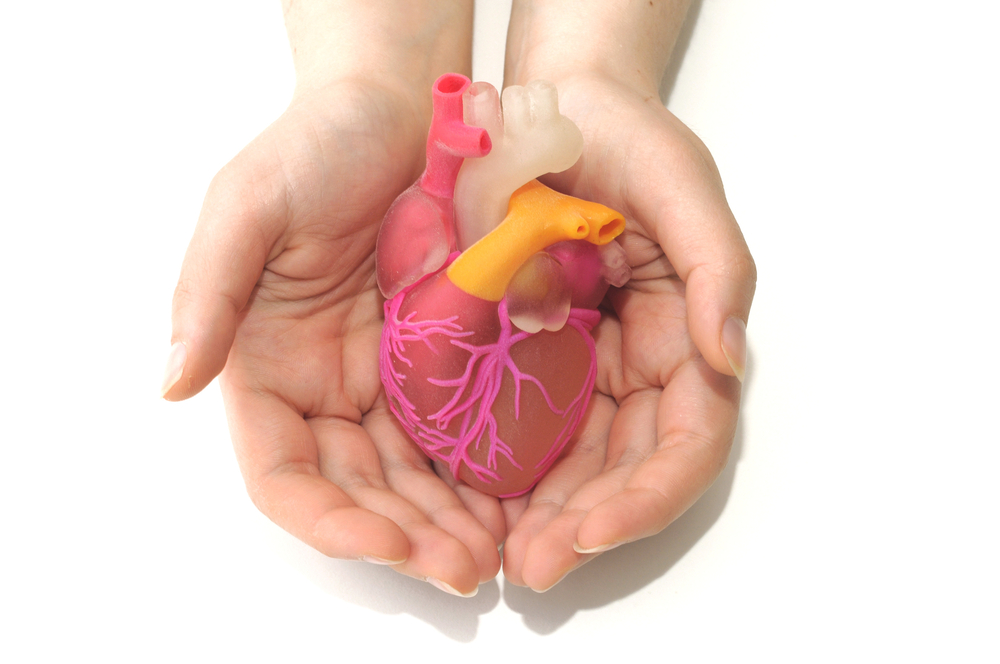Scleroderma Patients with PAH Seen to Benefit from PDE-5 Inhibitors as Early Therapy

People with systemic sclerosis-associated pulmonary arterial hypertension (SS-PAH) were seen to have a significantly worse prognosis when treated with an endothelin receptor antagonist (ERA), compared to those treated with a phosphodiesterase-5 (PDE-5) inhibitor or with a combination of an ERA/PDE-5 inhibitor.
The study, “Association Between Initial Oral Therapy and Outcomes in Systemic Sclerosis–Related Pulmonary Arterial Hypertension, was developed by researchers at the University of California San Diego, and published in the journal Arthritis and Rheumatology.
Despite advances in PAH treatment, SS-PAH patients do not respond to treatment as well as patients with idiopathic PAH, presenting a three-fold higher risk of death. Nevertheless, few studies compare commonly used PAH therapies in these patients, to help doctors decide which may be the best treatment option for them.
Researchers examined patients included in the Pulmonary Hypertension Assessment and Recognition of Outcomes in Scleroderma (PHAROS) registry to address whether the choice of initial treatment affected outcomes.
Find out more about PAH and SSc.
The study included 98 SS-PAH patients given different PHA treatments. Among them, 24 composed the ERA group, 59 were in the PDE-5 inhibitor group, and 15 had been taking a combination of an ERA and PDE-5 inhibitor. Patients were examined for time to clinical worsening (TTCW), defined as the first occurrence of death, a PAH-related hospitalization, symptom worsening, the need for a lung transplant, or initiation of prostacyclin treatment.
Results revealed that patients in the ERA group had a significantly shorter TTCW compared to those in the PDE-5 inhibitor group or ERA/PDE-5 inhibitor. Survival was also lower in this group. During the three-year observation period, 41.6% of patients in the ERA group died, compared to 6.8% and 6.7% in the PDE-5 inhibitor and ERA/PDE-5 inhibitor group, respectively.
To date, the optimal initial therapy for patients with SS-PAH is undefined. Although further studies are greatly needed, including clinical trials that address the head-to-head efficacy of PAH drugs in systemic sclerosis patients, these findings suggest that PDE-5 inhibitors may be preferable to ERA treatment.
PAH is characterized by high blood pressure in the arteries that take the blood from the heart to the lung, which can ultimately lead to heart failure. The condition is estimated to affect 8% to 12% of scleroderma patients, being the leading cause of death in this patient subset.
A recent study by researchers at the University of Granada and the Spanish National Research Council (CSIC) has created a complete genetic map of systemic sclerosis patients. Among the genetic variants found, researchers identified a variant of the CD226 gene as being an important marker for scleroderma-related complications, such as the pulmonary fibrosis that may be involved in the onset of PAH.






